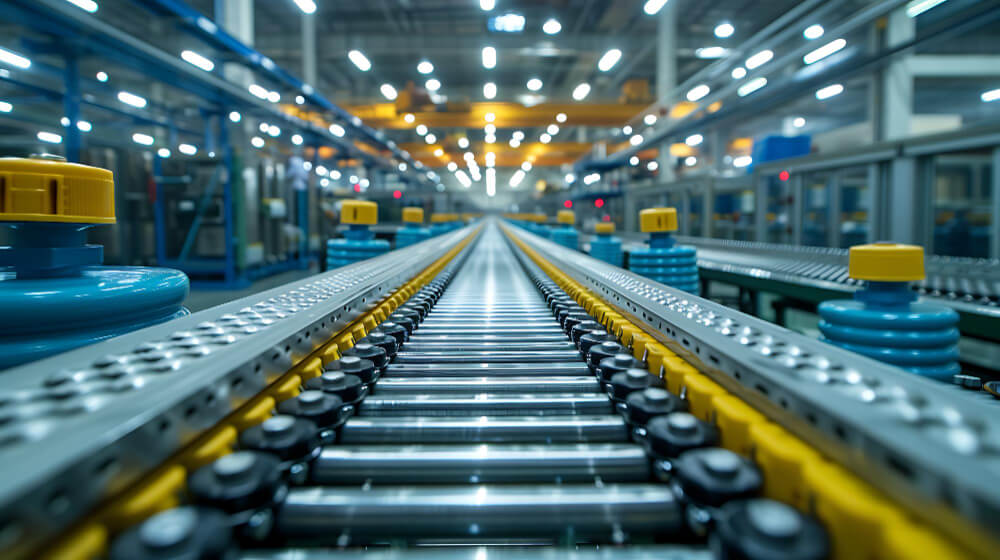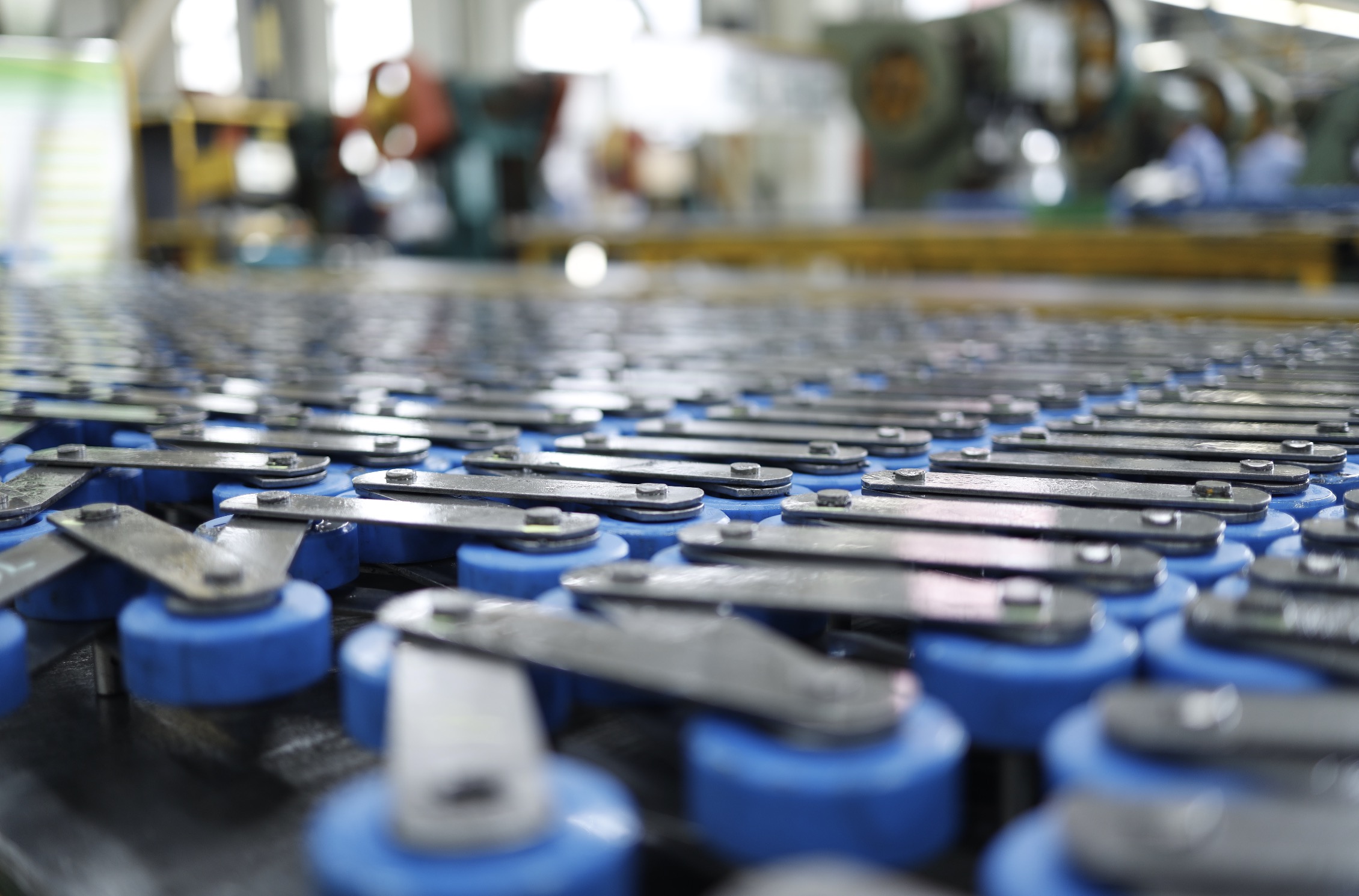Chain drives are a type of power transmission used for various tasks. These include transmitting mechanical energy, conveying goods, and lifting or dragging objects.
Drive chains are composed of links that mesh with sprocket teeth to transmit torque. These chains come in two varieties: those designed for lifting purposes and those employed in machines to transfer power.
Plate
Chains typically consist of plastic plates and steel roller chains. The plastic flights transmit tensile forces and product weight, while the chain plate acts as a load-bearing component when it articulates or engages the sprocket. For added strength and durability, this can be heat treated or shot peened for increased shock absorption – especially in applications that stop/start frequently. Furthermore, ball swaging and shot peening develop compressive stresses which actively resist fatigue failure.
Plate drive chains are specialized drive chains that feature plates on which pins can pass. They’re commonly used in conveyor chains or power drives like bucket elevators, oil drilling machines, and forklifts.
The plate must possess excellent tensile strength against shearing and bending, as well as enough endurance to withstand shock loads when the chain is loaded. Furthermore, it must resist dynamic wear and tear while handling environmental factors like corrosion and abrasion.
Pin
One of the most striking structures on a drive chain is its pin, which showcases some of the best designs in this class. Crafted out of high-tech polymers for corrosion resistance and heat treatment, it’s one of the costliest components to produce in this class, so quality workmanship pays off big time. Plus, at only 9 grams, this lightweight pin allows efficient chain operation over time with reduced downtime and improved performance – creating cost not only efficiency but also functional longevity. With this drive chain system, you get not only great cost effectiveness but also optimal performance quality too – providing you with something unique for years to come!
Bushing
Roller chain is the preferred choice in automotive power transmission applications due to their straightforward and efficient design. It also finds use in agricultural, industrial, and transportation settings.
Solid bushing chains are more intricate than their split bushing counterparts, as they consist of two halves that don’t connect directly to one another. This allows the chain to stretch sideways more than split bushings, making it better suited for derailleur systems. Furthermore, solid-bushing chains boast longer service lives compared to their split counterparts at 2x-3x longer service intervals. Furthermore, solid roller chains boast greater strength and durability due to being heat treated and shot peened for enhanced strength and longevity.
Roller
Drive chains are metal or plastic links that connect gears to sprockets. These types of chains can be found in many applications, such as the motor industry and construction projects.
Drive chains come in wide varieties, but the most popular is the roller chain. This design rotates when it contacts sprocket teeth and helps reduce power losses.
It consists of an inner plate (roller link plate), outer plate (pin link plate), bushings, pins, and rollers that can be constructed from various materials.
The plate bearing tension must have excellent static tensile strength and be able to withstand repeated loading, sometimes with shock. For optimal strength and fatigue resistance, the plate must be heat treated and shot peened.
Suzhou Universal Technology offers a vast selection of chains and materials suitable for various applications. These chains can be made out of metal, plastic, or composite materials in an assortment of sizes and designs, as well as different colors and finishes. Furthermore, these chains are durable investments that will last long-term; additionally, they’re easy to replace or repair if damaged.


